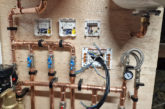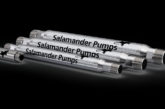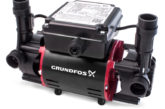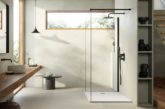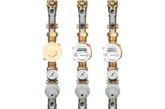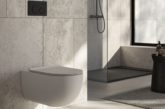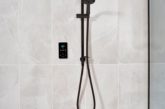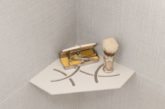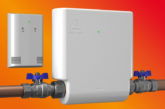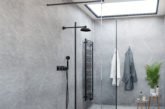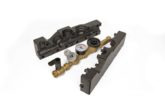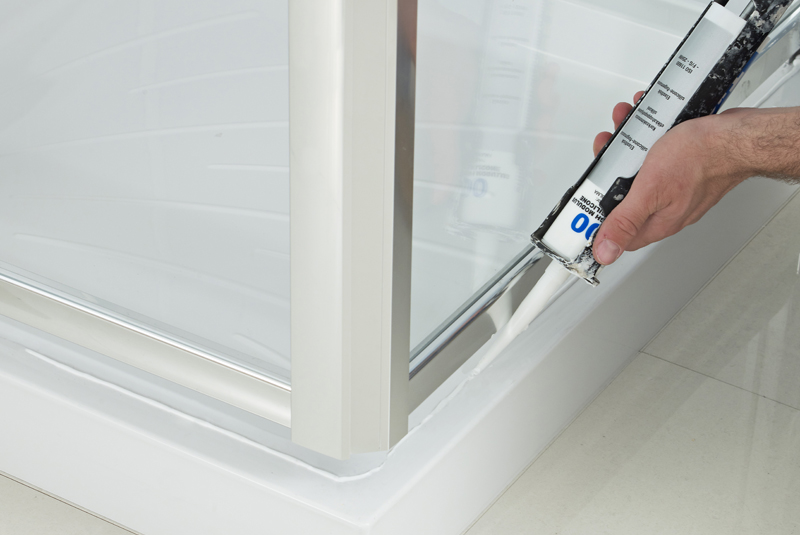
In the latest of a continuing series, the customer service team at Mira Showers takes us through some of its most recently encountered queries.
I am due to install a replacement bar valve for a customer with a gravity fed system installed. How can I be sure that the flow rate will be as generous as possible without having to install a separate pump?
On gravity fed supplies, the pressure from the shower will depend on the head of water available. This is the distance vertically from the bottom of the cold water storage cistern to the outlet of the shower. (1 metre head equates to 0.1 Bar of pressure).
As a starting point, it would useful to ensure that any form of isolation/gate valve is fully open as well as ensuring that the diameter of the pipework installed is as large as reasonably practical up to the point of use. It would also be beneficial to select a product with the least amount of dynamic pressure restriction created by the valve itself. All of these things will ensure that you achieve the greatest flow rate from the system installed.
What is the difference between a conventional electric shower and a thermostatic electric?
All electric showers are affected by the temperature and flow rate of the cold water mains supplied to them. A conventional electric shower is particularly susceptible to changes in these supply conditions, which results in noticeable temperature variations from the outlet temperature when other cold mains appliances are operated within the household.
Thermostatic electric showers have a thermostatic device installed as part of their design which has the ability to respond to these variations in supply conditions. Depending on the design of the product, this can be achieved mechanically by allowing more cold water into the product to cool the temperature of the heated water, or electronically by decreasing the current through the heating elements to achieve the same effect. Thermostatic electric showers are particularly beneficial where the user may be vulnerable, elderly or less abled.
Due to the varied designs and models of shower enclosures now available, where is it best to apply silicone sealant during the installation of an enclosure?
The application of silicone sealant should always be done around the tray and the finished wall surface before the installation of the enclosure itself. Once this has been allowed to cure, a bead of sealant must be applied to the back of the wall channels of the enclosure, taking care to ensure that the fixing points into the wall are also sealed to prevent water ingress. Finally, once the enclosure has been installed we recommend sealing the outside of the enclosure to the finished wall surface to ensure that any water contained within the showering space or the enclosure itself is prevented from escaping and runs back into the tray.


